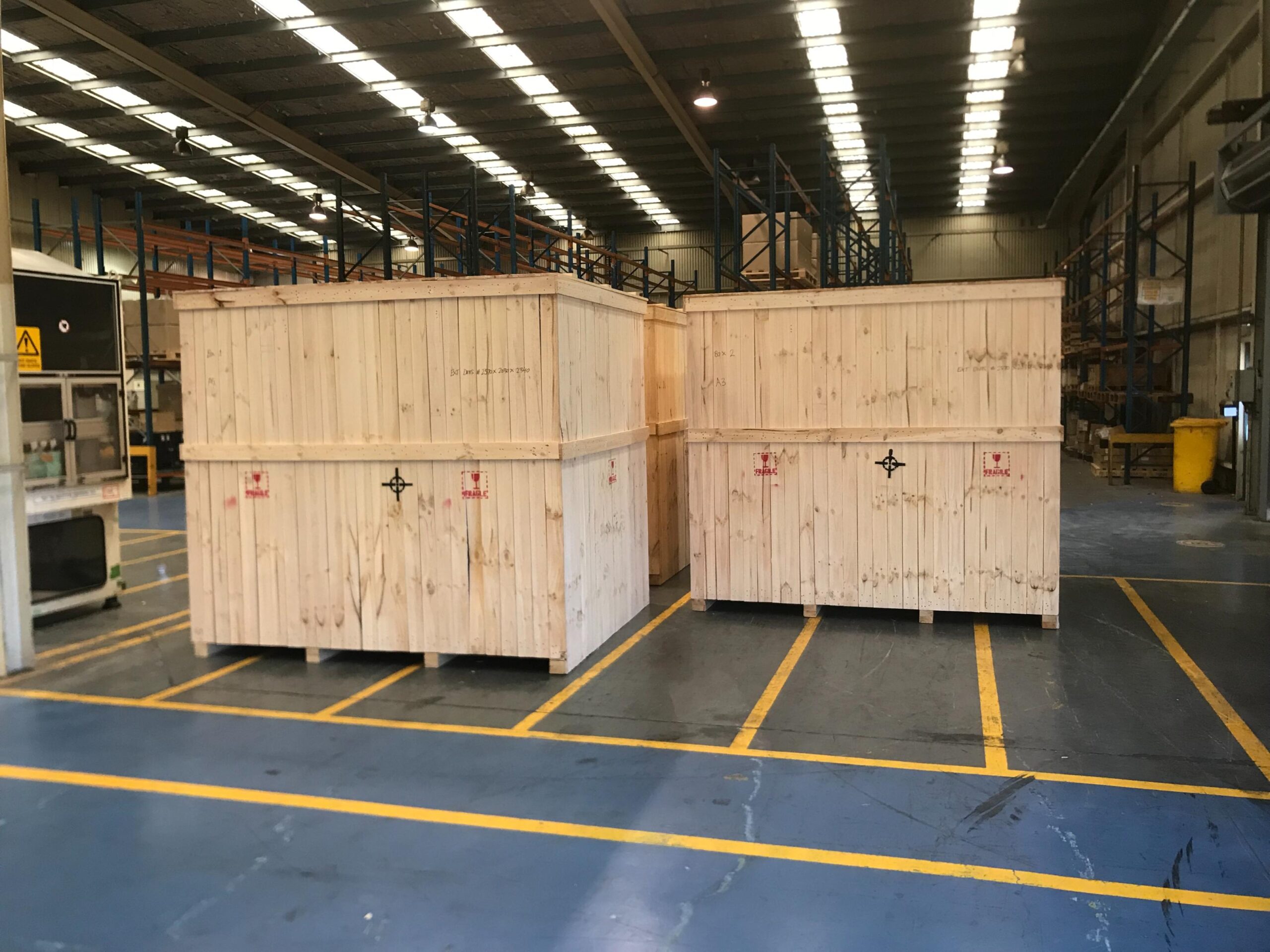How to Keep Moisture Out of a Wooden Box

Wood and water don’t go together – too much of the latter, to be precise. While wood can hold some moisture, any more and it risks unwanted changes to its shape and mould growth. And as a business owner, sending goods to customers in warped or mouldy wooden shipping containers (or worse, warped and mouldy) is terrible optics.
Moisture is inevitable because it’s everywhere, even in the air we breathe. A wooden crate or case that’s out in the open is vulnerable to major moisture buildup over time, much faster in high humidity or wet weather. Even plywood boxes in Melbourne, despite their remarkable resistance to moisture damage, aren’t entirely moisture-proof. Fortunately, there are ways to keep them nice and dry.
Store in a Cool, Dry Place
This phrase is more than an earworm in storing perishable goods. The best environment for processed timber is a place that’s protected from the elements and, more importantly, has adequate climate control.
As explained in our post on waterproof wooden shipping crates, wood is hygroscopic. This means it can absorb moisture from the air around it, which usually isn’t an issue as long as it can expel as much moisture as it takes in. Moisture capacity varies by wood species and the layer of the wood (heartwood and sapwood) that’s storing it.
Climate control regulates the temperature and humidity of the storage unit, ensuring the boxes remain usable for a long time. The ideal settings for storing hygroscopic materials in fixed storage are generally the same as for other materials, which is between 13°C and 27°C at 50 to 55% relative humidity.
You may wonder why not store at 0% relative humidity. Although excess moisture is bad for wooden crates, so is a lack thereof. Even in its processed state, wood still needs to maintain what’s known as equilibrium moisture content to keep its integrity. Just as excess moisture leads to warping, the opposite leads to cracking.
Additionally, make sure the storage space has adequate air flow to remove moisture from the premises and let outside air in. All the moisture wooden storage boxes expel needs to go somewhere, and keeping it inside the storage space defeats the purpose.
Protect the Interior with Lining
Moisture can find its way into the box, even when fully enclosed and tightly shut, damaging your goods as much as their container. This risk is prevalent when shipping goods overseas via cargo shipping, where the maritime environment is ideal for inflicting corrosion damage among machines and components.
At Safe Pack, we have a few packaging supplies that can keep moisture at bay, specifically volatile corrosion inhibitor (VCI) lining and silica gel. VCI packaging can come in a range of types, from resealable bags for small items to linings for wooden crates carrying heavy equipment.
VCI lining contains a compound that, true to its name, inhibits oxidation by keeping oxygen and moisture from touching the item’s surface. This is done by forming an invisible barrier outside the lining, similar to how aluminium resists corrosion by forming a passive oxidised layer. The lining can be wrapped around the item or its shipping container’s interior.

Meanwhile, silica gel is far less complicated to use. Often appearing in packets that warn users not to eat, this material absorbs moisture in the local space the same way as wood. However, unlike wood, silica gel doesn’t expel the moisture to achieve equilibrium.
The number of silica gel packets necessary for your moisture protection needs depends on the size of the container and the conditions under which it’ll be shipped, among others. As a rule of thumb, one gram is enough for a container volume of one litre.
Alternatively, wrapping the crate in plastic film contributes to overall protection from moisture damage. This is already common practice when shipping multiple storage containers on wooden pallets, but having the other methods mentioned won’t hurt either.
Inspect Boxes for Damage
Cracks and holes in the wooden box add more ways for moisture to permeate. Considering that these boxes experience some turbulence during handling or shipping, inspecting them after use should be a priority.
While wooden boxes can be repaired, those that have sustained heavy damage should be replaced as soon as possible. Take this opportunity to upgrade to more moisture-resistant timber cases and crates, namely ones made of plywood. Their construction protects them from the typical humidity problems regular wooden boxes face.
As for the unusable wooden crates, you can opt to send them to a recycling facility or have them dismantled for other uses. You’d be surprised at the plethora of ways wooden boxes can be repurposed, not just as makeshift outdoor furniture.
Conclusion
Wooden boxes are built to last but only with proper use and storage. Avoid having to spend on new ones too soon by keeping them away from major sources of moisture.


